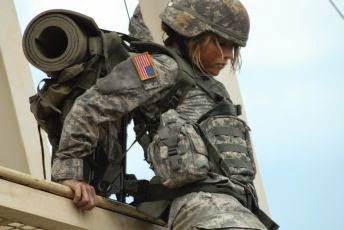The pace of Air Power is rapid, yet comfortable even for a reader unfamiliar with air power doctrine. In just over a century, the aircraft has evolved from the single-pilot invention of the Wright brothers to a symbol of national power and lethality. The platform has evolved and expanded to include various armaments and weapons. These weapons possess not only the capability of engaging personnel and equipment on the ground, but add an extra dimension to the battlefield, as an aircraft can engage another aircraft or a craft at sea—or, in the age of atomic weaponry, decimate an entire population.
Black discusses military aviation generally, giving equal attention to individual air forces as well as naval and army aviation. He also addresses the different approaches some nations, like the United States, have taken to integrating aviation components by assigning them individual service departments, while other countries may have grouped all of their air assets under an umbrella department regardless of the platform of their projection.
Where the Royal Air Force is and has been a single, separate service since its inception and has incorporated naval and ground based aviation assets, allowing for unity of air command from the beginning, the United States created separate air services under the army and navy. Brigadier General Billy Mitchell was a strong advocate of a separate air force, but was distrustful of naval aviation. The author demonstrates equal knowledge of the topics of fixed- and rotary-wing aviation, Airborne, and Air Assault operations, and the tactics, techniques, and procedures associated with each topic.
Black includes the domains of cyber and space in his history, as the cyber domain permeates every aspect of air power and space is the next logical frontier for air operations. Beginning with a discussion of common-sense developments like cycling propellers synced with an aircraft’s weapons systems, the author illustrates modern developments as well, such as the relationship between the advent of radar and the development of stealth technology.
Air Power presents commanders using this aspect of warfare with a number of ethical dilemmas; commanders and civilian leaders must make decisions which may result in massive civilian casualties, and, in some cases, the possible annihilation of entire territories. Black provides a lively consideration of proportionality regarding air power on the modern battlefield. Different airframes and platforms are considered in terms of their effectiveness and employment in counterinsurgency operations and on the modern battlefield of forces using hybrid methods.
Black concludes with additional questions: How can air power effectively be employed on the modern, hybrid battlefield? While unmanned systems may be used to eliminate high-value targets over great distances, should they be employed against enemy command and control cells? Does such employment amount to assassination? Should military force be deployed from space? The book ends with a consideration of issues pertaining to the costs of air power; as the military budgets of developed nations continue to contract, the rising powers continue to invest in their growing air capabilities.
Air Power should be mandatory reading for anyone interested in military history, but specifically for those interested in joint doctrine and the way forward for the armed forces. Air Power corresponds fairly directly to conversations I've had with the Air Staff of my own service; where the platform of the Army is the soldier, the platform for the Air Force and its reserve components is the aircraft. The book has made a significant contribution to my understanding of leadership at the operational level and has clarified some of the lessons I've learned in the course of my own professional military education, especially those dealing with force capabilities.
In context of the modern, hybrid battlefield, the author acknowledges the opportunities offered by air power to substitute firepower for mass in conventional warfare; Black also acknowledges the value of air power to counterinsurgency operations in reconnaissance and harassment demoralization of insurgent fighters—without falling into the trap of arguing that strategic bombing is a panacea. The writing is accessible and fast-paced, without any haughty scholarly pretension, yet it is clear that the author is a subject matter expert who has conducted years of research.















0 comments:
Post a Comment